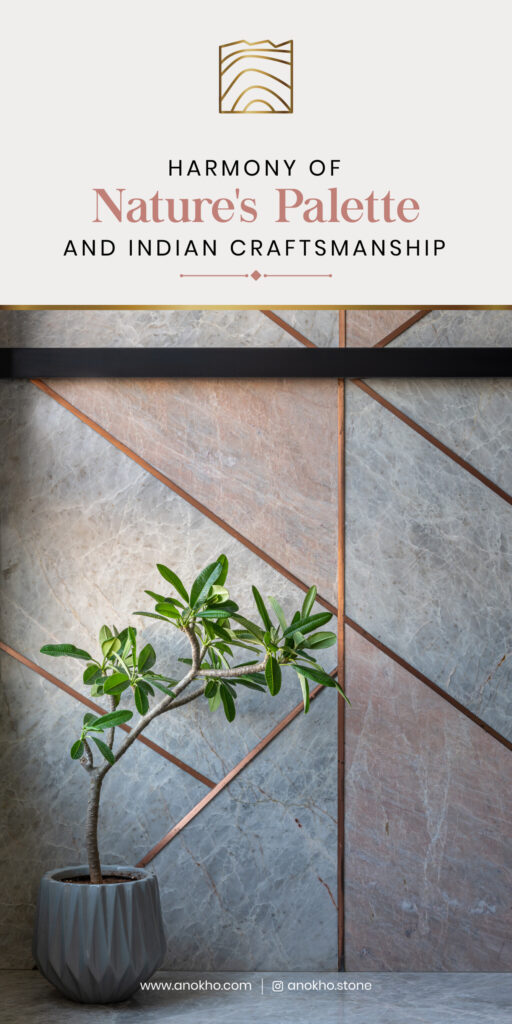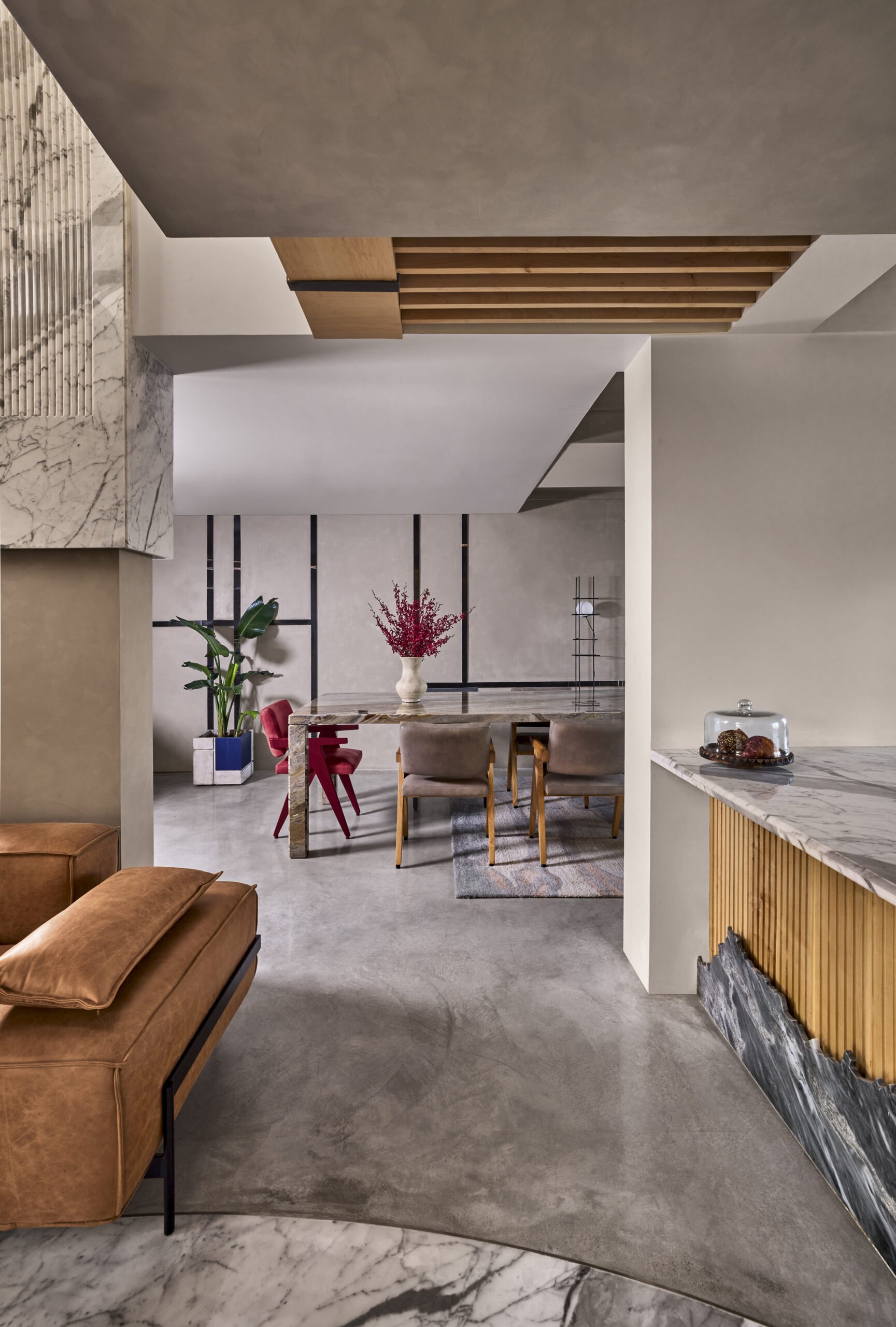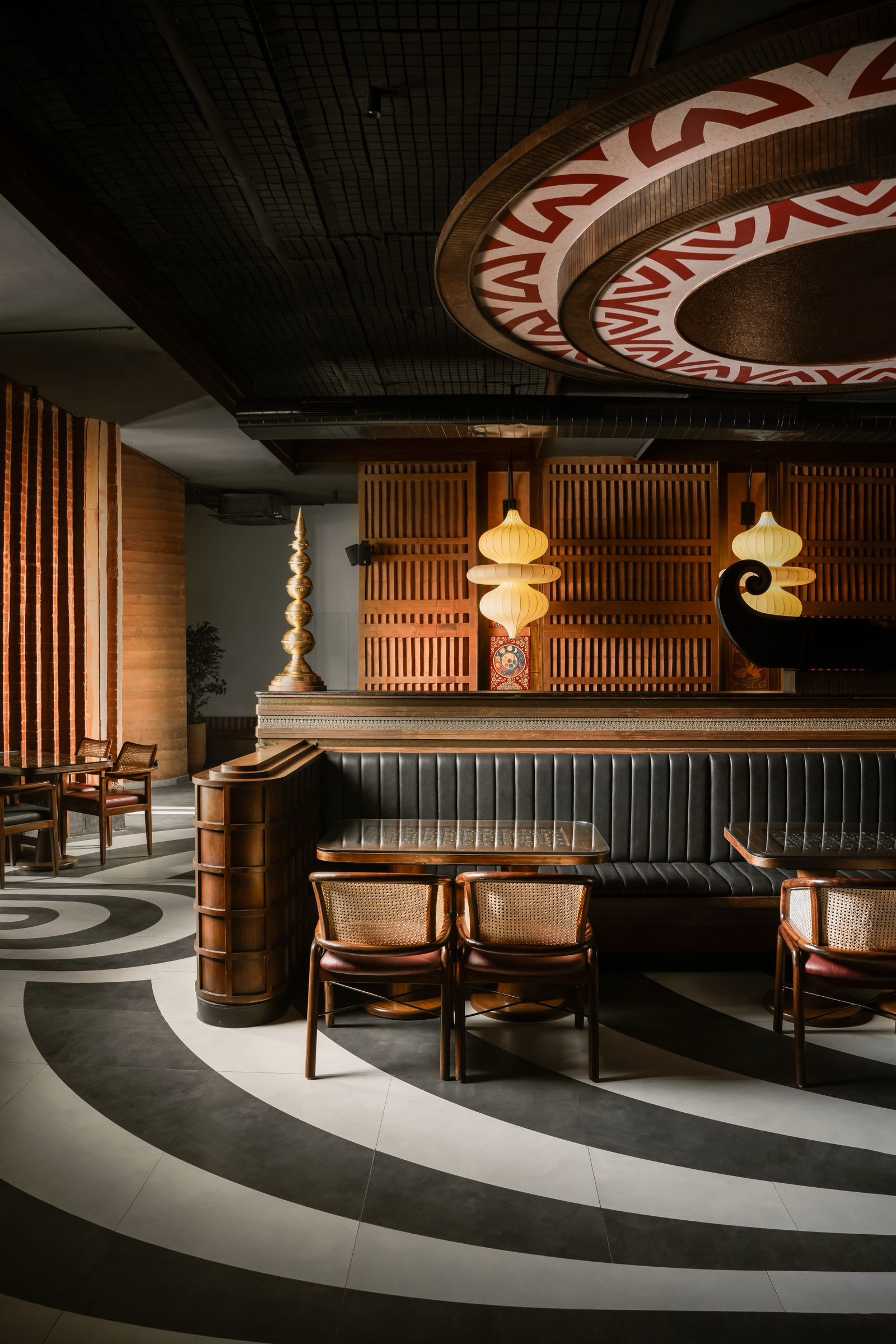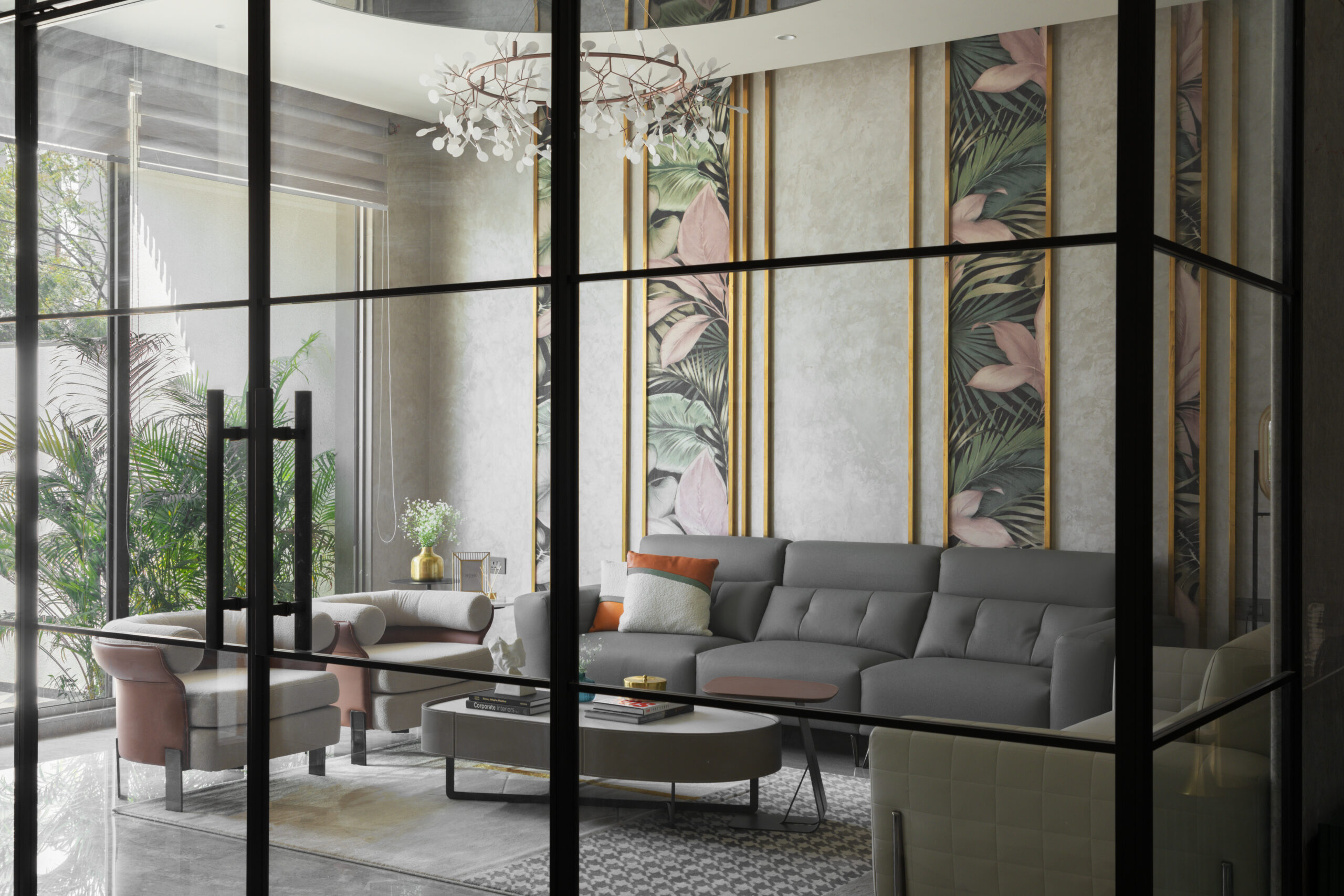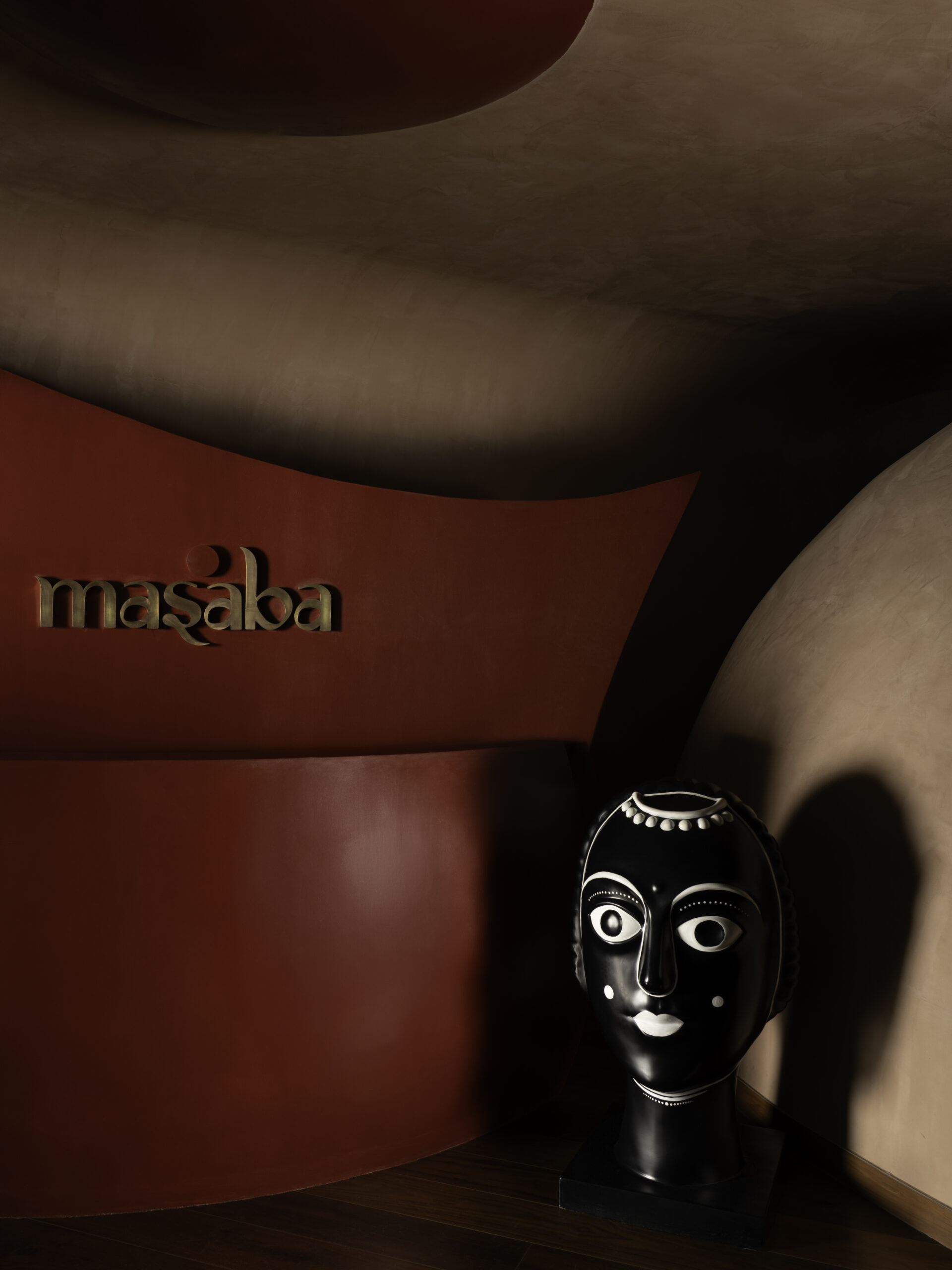
While Milan Design Week 2025 comes to an end, the city is still pulsing with the aftershocks of bold ideas, unexpected collaborations, and boundary-breaking showcases that have redefined what design means today. Not only has this year’s event highlighted the forefront of décor and fashion but also been a major leap forward from past years that mirrors the dynamic growth since 1961.
A Legacy of Progress: 1961 to 2025
Since its establishment in 1961, the Salone del Mobile has been at the forefront of design innovation, continuously evolving to respond to shifting style and new technologies. Throughout the current year, the fair has become more interdisciplinary, uniting various fields and promoting cross-disciplinary collaborations that dissolve boundaries between fashion, art, and interior design.

Design Gone Wild: The Moments That Made Us Gasp, Gawk, and Grin

- Louis Vuitton’s Whimsical Objets Nomades Collection
At Palazzo Serbelloni, Louis Vuitton served up whimsy and wanderlust through their latest Objets Nomades collection. Imagine leather-crafted pinball machines and floral-shaped record players designed with Pharrell Williams. This wasn’t just decor; it was dopamine in design form.

- The Row’s Debut with Minimalist Home
At Palazzo Belgioioso, The Row launched its inaugural homeware collection, including baby cashmere bed linens so luxurious, they practically whisper sweet nothings. The revolution of quiet luxury is now snuggled into your spaces.

- Issey Miyake x Atelier Oï Lightscapes
A-POC Able Issey Miyake and Atelier Oï made fabric into light, literally. Their sculptural light installation was all about poetic metamorphosis rather than light- what happens when fabric gets to dance with design.

- Gucci’s Bamboo Encounters
The House of Gucci reinterpreted bamboo as a cultural medium, calling upon artists and designers to recast tradition into modern formats. A good example is an immersive installation that evoked subtle scents of history and haute couture.
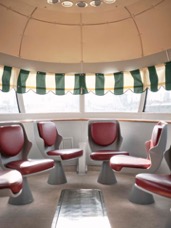
- Prada Frames: Dialogues in Transit
From Milano Centrale to a Gio Ponti-designed train, Prada’s ‘Frames’ discussions intertwined setting, infrastructure, and imagination. If dialogue were crafted like an exhibition, then this was a masterpiece.
Indian Representation: Designing with a Deep Cultural Pulse
Far from the typical roster of “Indian participation,” MDW this year showcased Indian designers digging deep into native heritage and giving them fresh contemporary context. These weren’t just shows, but cultural dialogues etched in brass, woven in wool, and lacquered in legacy.

Vikram Goyal’s repoussé furniture spoke in gilded tones- not merely on the surface, but through its narrative. His hand-forged, textured metal work spoke of temple art, sacred geometry, and the tactile narrative of ancient India but with a keen, contemporary twist. Against the background of sleek Milanese minimalism, it was a reminder- India doesn’t have to copy. It creates its own.

Jaipur Rugs’ collaboration with Richard Hutten was another cultural high point. The resulting carpets? Vivid, eccentric, and soaked in joy. But the deeper layer was how they celebrated India’s living craft traditions. Artisans from rural India became co-creators, not just production hands, bringing authenticity to every knot and hue. Global design met grassroots craftsmanship and sparks flew. Instead of portraying India as an “exotic” exception, these creatives told a contemporary global tale, one in which Indian design is confident, nuanced, and resplendently untranslatable.
From Then to WOW: How 2025 Leveled Up the Design Game
Compared to 2024, this year’s Milan Design Week has been more assertive in its mix of technology and sustainability. Designers are increasingly emphasizing the use of sustainable materials and processes, a sign of a collective concern for the planet. In addition, the distinction between fashion and interior design is blurring, with numerous fashion brands venturing into interior design, offering consumers an integrated lifestyle experience.
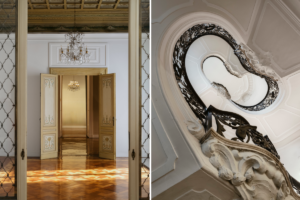
What’s Next, Milan? Our Crystal Ball Reads Tech, Texture & Taboos
As Milan Design Week continues, expectations will be for even greater emphasis on interdisciplinary collaboration and technological innovation. The use of virtual and augmented reality, for instance, will likely be delivering even greater interactive and immersive experiences, and thus further blurring the lines between the physical and virtual worlds. Sustainability will undoubtedly remain a core issue, with designers exploring new materials and means of minimizing their environmental impact.

Swipe, Step In, Speak Out: How This Year’s Visitors Became the Exhibit
This year, visitor engagement has gone to unprecedented levels when it comes to the adoption of interactive installations and participatory exhibitions. Brands and designers have realized the significance of developing experiences that encourage visitors to engage with the narrative, thereby creating a closer connection between the audience and the design world. As April 13th draws near, the closing date of Milan Design Week 2025, there is still time for contemplation of this event, which not only celebrates design but also mirrors the path of culture, creativity, and world evolution.
Save your next Milan trip for soon, 2026 might be even crazier!









